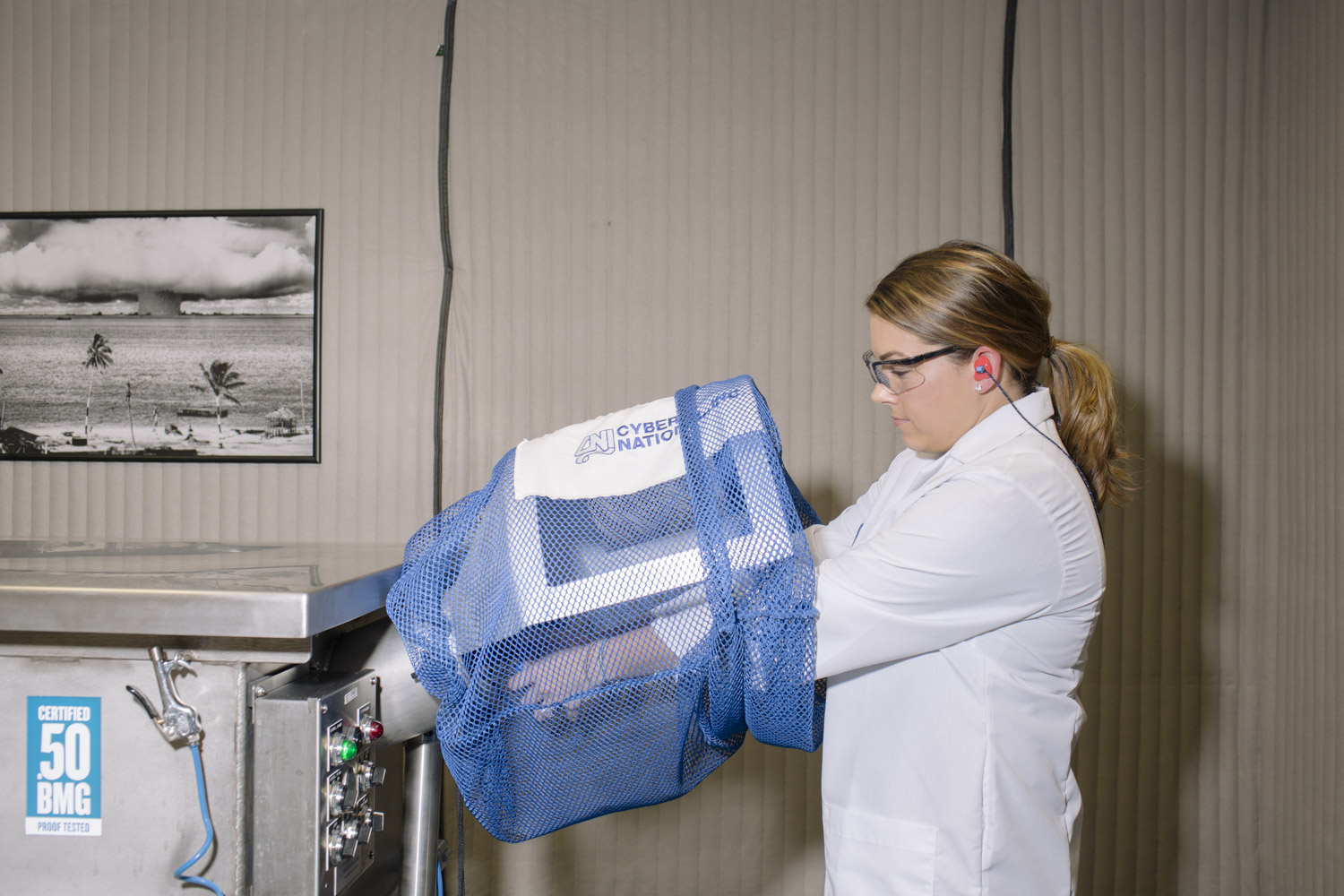For almost two decades, the Department of Justice has been urging police departments to use the National Integrated Ballistic Information Network, an innovative ballistics system, to solve gun crimes.
Now the DOJ is looking beyond police chiefs and crime labs, who test the ballistics evidence, to prosecutors, who can find important links between cases and make charges stick in court.
One sign of the shift is a new slew of federal grants awarded to law enforcement agencies that want to extract more investigative leads from the national ballistics database.
For the first time this year, every recipient of a NIBIN grant is required to share the money with the local prosecutor’s office, a Bureau of Justice Assistance spokeswoman said. And one of the grants was given specifically to a prosecutor’s office — the 19th Judicial District Attorney in Baton Rouge, Louisiana. In several prosecutor’s offices, grant money will pay the salary of a dedicated staff member who will be charged with flagging ballistics links between cases and coordinating prosecutions between related cases.
“More and more, prosecutors are coming out of our traditional roles and working collaboratively with others,” said Baton Rouge District Attorney Hillar C. Moore III, whose office won a $635,000 grant.
“You might pick someone up on simple battery, then find out this guy got caught with a gun that has three bodies on it,” said Moore, referring to a gun that was used in three homicides. “It’s good for us to be aware of that.”
When a gun fires a bullet, it leaves unique marks on the shell casing it ejects. NIBIN is sort of like a fingerprint database, only for those shell casing markings. Police can enter a shell casing into NIBIN and find out if the gun that fired it was used in other shootings across the country. If they get a hit, they can then look at other evidence, like eyewitness statements, video surveillance, or cell phone records, and try to figure out if the same person shot the gun in two or more cases, or if the gun was being shared by a group of people.
Still, many municipalities aren’t using NIBIN at all, or they’re using it poorly. Only about a quarter of all ballistics evidence collected nationwide is entered into NIBIN. And in many places it can take months for the crime lab to get a NIBIN lead back to investigators — enough time for cases to go cold and criminals to shoot again.
This year, the BJA awarded $4 million in NIBIN-related grants — double the amount last year — to a total of seven jurisdictions, including Indianapolis, San Francisco and Detroit, the BJA spokeswoman said. The Bureau of Alcohol, Tobacco, Firearms and Explosives provided an additional $1 million in support.
Pete Gagliardi, a former ATF special agent who wrote a book about solving gun crimes called The 13 Critical Tasks, said that because prosecutors often work with multiple police departments, they can be the first to notice similarities or connections between shootings in two separate towns.
Ryan Brackley, the assistant district attorney in Denver and a member of the national group Prosecutors Against Gun Violence, recalled a time when his office helped make a connection using NIBIN. In June, Denver police were searching for a suspect who had pistol whipped an elderly man in a wheelchair, then fired his gun into the air and fled. Two months later, a prosecutor in the Denver District Attorney’s Office received an email saying that police had recovered a shell casing that matched. Investigators recovered the casing after responding to a report of a man shooting a weapon into the air — and there was a witness who had identified a suspect. Police showed a photo of that suspect to the man who had been pistol-whipped. The man confirmed that the suspect was his attacker, and investigators were able to solve both cases.
“Prosecutors can be change agents, and [can] help prevent crime,” Brackley said. “We should embrace the opportunity to be part of the investigative process wherever we ethically can.”


